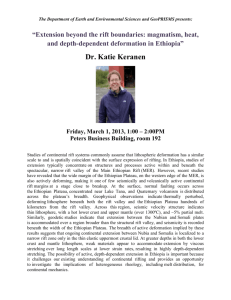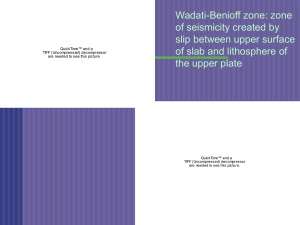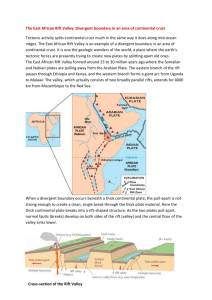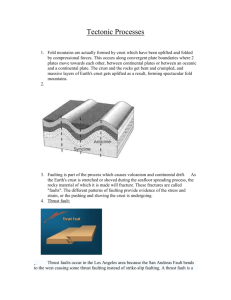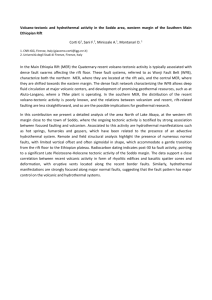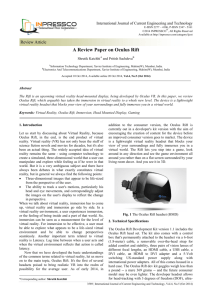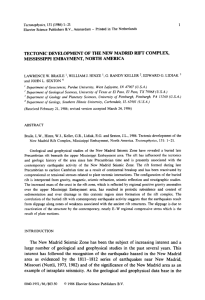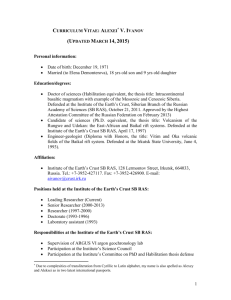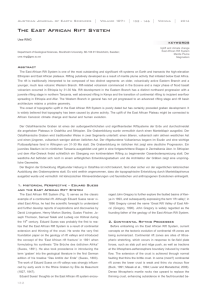GEOTHERMAL POTENCIAL IN SOUTHERN PART OF EAST SIBERIA
advertisement
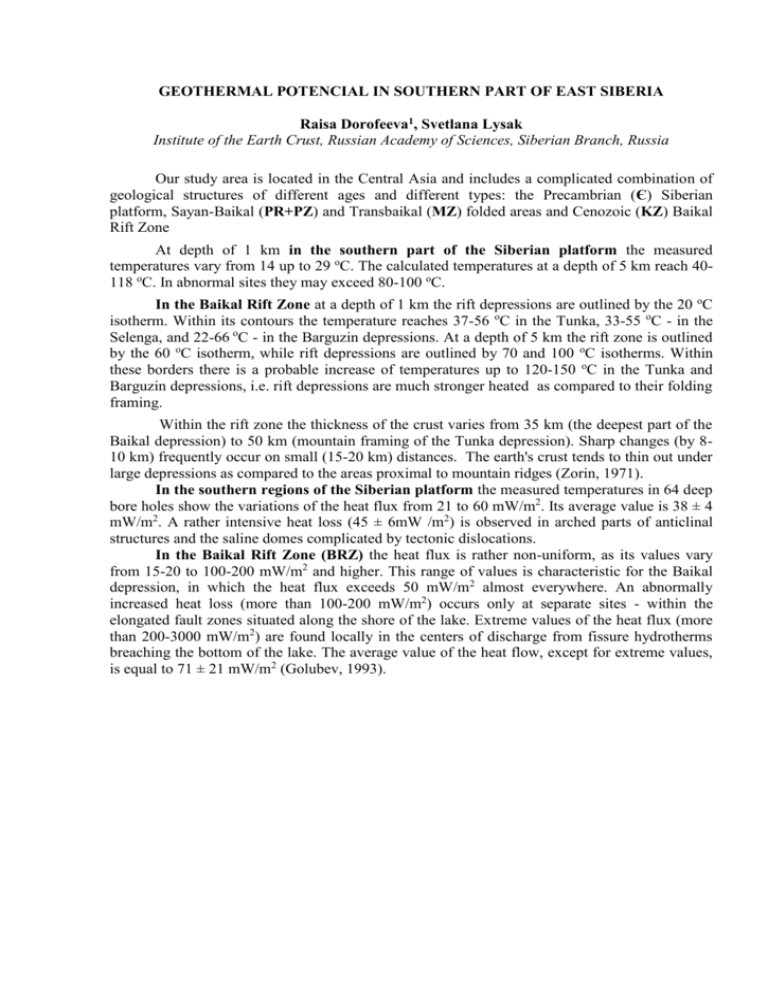
GEOTHERMAL POTENCIAL IN SOUTHERN PART OF EAST SIBERIA Raisa Dorofeeva1, Svetlana Lysak Institute of the Earth Crust, Russian Academy of Sciences, Siberian Branch, Russia Our study area is located in the Central Asia and includes a complicated combination of geological structures of different ages and different types: the Precambrian (Є) Siberian platform, Sayan-Baikal (PR+PZ) and Transbaikal (MZ) folded areas and Cenozoic (KZ) Baikal Rift Zone At depth of 1 km in the southern part of the Siberian platform the measured temperatures vary from 14 up to 29 оС. The calculated temperatures at a depth of 5 km reach 40118 оС. In abnormal sites they may exceed 80-100 оС. In the Baikal Rift Zone at a depth of 1 km the rift depressions are outlined by the 20 оС isotherm. Within its contours the temperature reaches 37-56 оС in the Tunka, 33-55 оС - in the Selenga, and 22-66 оС - in the Barguzin depressions. At a depth of 5 km the rift zone is outlined by the 60 оС isotherm, while rift depressions are outlined by 70 and 100 оС isotherms. Within these borders there is a probable increase of temperatures up to 120-150 оС in the Tunka and Barguzin depressions, i.e. rift depressions are much stronger heated as compared to their folding framing. Within the rift zone the thickness of the crust varies from 35 km (the deepest part of the Baikal depression) to 50 km (mountain framing of the Tunka depression). Sharp changes (by 810 km) frequently occur on small (15-20 km) distances. The earth's crust tends to thin out under large depressions as compared to the areas proximal to mountain ridges (Zorin, 1971). In the southern regions of the Siberian platform the measured temperatures in 64 deep bore holes show the variations of the heat flux from 21 to 60 mW/m2. Its average value is 38 ± 4 mW/m2. A rather intensive heat loss (45 ± 6mW /m2) is observed in arched parts of anticlinal structures and the saline domes complicated by tectonic dislocations. In the Baikal Rift Zone (BRZ) the heat flux is rather non-uniform, as its values vary from 15-20 to 100-200 mW/m2 and higher. This range of values is characteristic for the Baikal depression, in which the heat flux exceeds 50 mW/m2 almost everywhere. An abnormally increased heat loss (more than 100-200 mW/m2) occurs only at separate sites - within the elongated fault zones situated along the shore of the lake. Extreme values of the heat flux (more than 200-3000 mW/m2) are found locally in the centers of discharge from fissure hydrotherms breaching the bottom of the lake. The average value of the heat flow, except for extreme values, is equal to 71 ± 21 mW/m2 (Golubev, 1993).

